The early morning sunlight gently slanted over the mountain slopes, shining down on the greenhouses that covered a corner of the concrete road in Binh Lu commune (Lai Chau province). The rows of greenhouses, each about 2,000 square meters wide, marked the changes in agricultural development in the border region.

But the vegetable beds are green and lush in the greenhouse. Photo: Duc Binh.
Inside, the murmur of watering mingled with the bustling footsteps. The entire 7,000 square meters of greenhouses in the commune currently belong to the Tan Binh Vegetable Cooperative, headed by Mr. Tran Dinh Vuong. Mr. Vuong diligently checks each row of vegetables every day, his hands calloused and sunburned, but his eyes always shine with faith in a better life thanks to agriculture.
Determined to change
The entire greenhouse facility was completed in early 2024 when the locality implemented Resolution 07 of the Lai Chau Provincial People's Council to support 100,000 VND/m² of greenhouse and 50% of the irrigation system cost. From the capital accumulated over many years and the State's support policy, Mr. Vuong and his members boldly built 7,000m² of greenhouse with an investment capital of more than 600 million VND, of which the State supported 100 million VND, and the irrigation system worth 50 million VND was also supported by half.
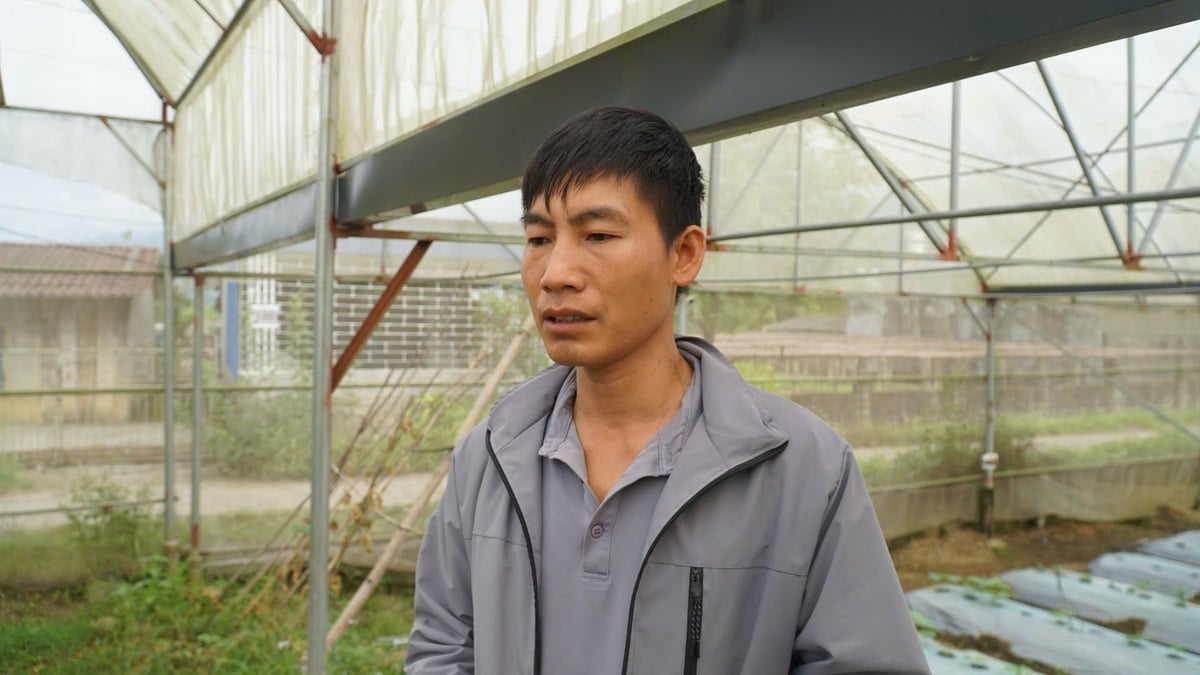
Mr. Tran Dinh Vuong said that this year growing vegetables in greenhouses was a big success, enough to pay off all the debt from investing in greenhouses. Photo: Duc Binh.
Vegetables have long been associated with the people of Binh Lu. Before 2024, Mr. Vuong and the members of the Cooperative had more than 1.5 hectares of outdoor vegetable cultivation for commercial purposes, mainly sweet cabbage, tomatoes, and cucumbers, supplying Tam Duong market and neighboring provinces. But at that time, cultivation depended entirely on the weather.
“The rain was so heavy that the vegetables were rotten. There was no technology, and some crops took up to 50 days to harvest. Sometimes the rain lasted so long that the vegetables were infected with pests and diseases that there was nothing to sell,” Mr. Vuong recalled. In those years, the profit was only about 30-40 million VND/year. People had to work for hire, go to the lowlands to work as construction workers, and vegetable growing was almost only for the elderly, who were not strong enough to do heavy labor.
Big vegetable crops thanks to... storms
Since building the greenhouse, everything has changed. In a closed space, the temperature is maintained at a stable 25 - 28°C, the vegetables grow evenly, with few pests. "Thanks to the greenhouse, I save about 30% of fertilizer, reduce 30% of pesticides, the vegetables look beautiful, and the yield is twice as high," Mr. Vuong confided.
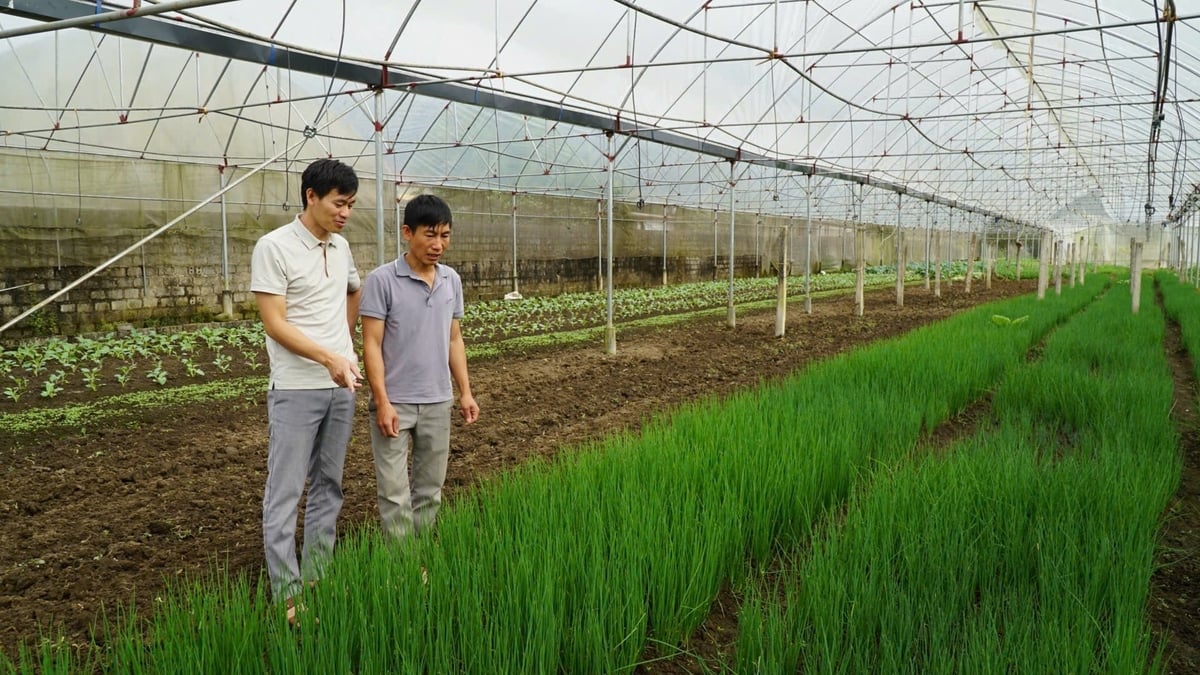
In addition to growing cabbage and cucumbers, Tan Binh Vegetable Cooperative also grows onions. Photo: Duc Binh.
Each 1,000m² of bok choy planted yields about 1 ton/crop, grown continuously 10 - 11 crops/year, while if planted outdoors, a year only yields about 6 - 7 crops.
This year, the North suffered many big storms, severely affecting agricultural production, especially vegetables. Many places where vegetables were grown outdoors were crushed, unable to be harvested. But in Binh Lu, the 7,000m² greenhouse of the Tan Binh Vegetable Cooperative is still green, crop after crop. Nearly ten batches of vegetables are harvested regularly, supplying the whole province and the lowland provinces. The selling price is stable at 13,000 VND/kg, in September and October it reached 15,000 VND/kg. Just counting the two products of sweet cabbage and cucumber, the Cooperative earned a profit of more than 300 million VND, paying off old debts, having more capital to invest in land improvement, and developing new types of vegetables.
The entire greenhouse is equipped with a water filtration system at the well, removing lime and impurities. The inspection results of the Department of Agriculture and Environment of Lai Chau province show that the water source meets the standards for VietGAP production. “Cleaning from the root is sustainable. Delicious vegetables are thanks to soil and water,” Mr. Vuong affirmed.
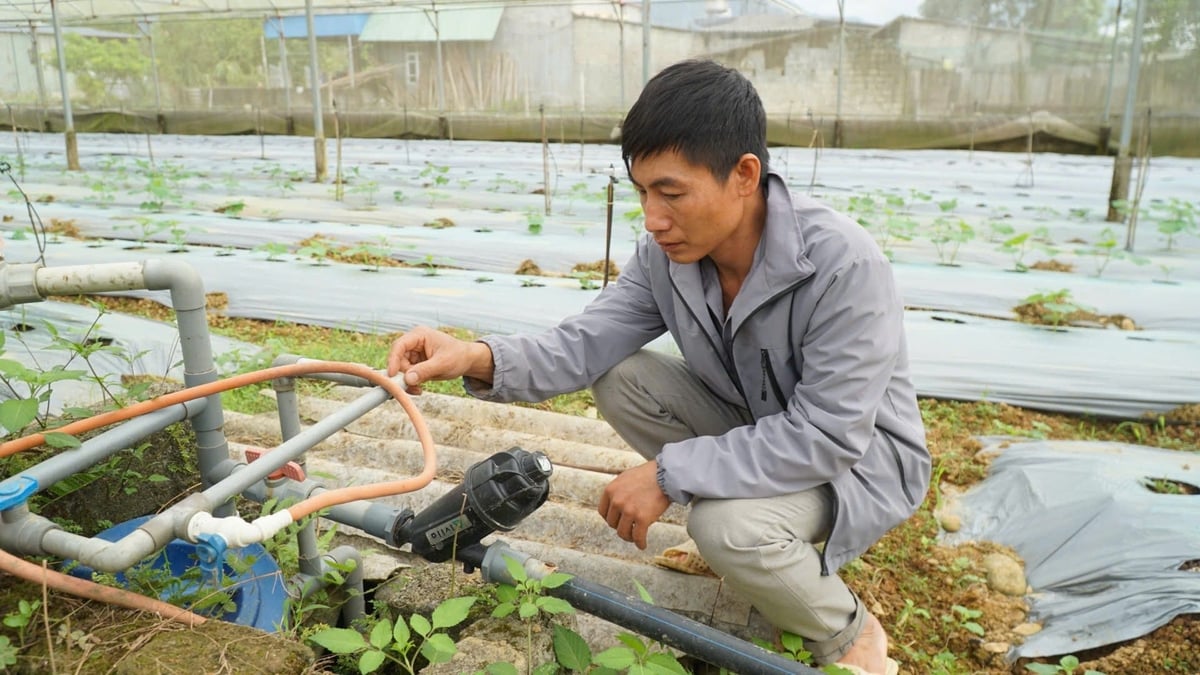
Mr. Vuong invested more than ten million VND in the water purifier, ensuring the quality of irrigation water. Photo: Duc Binh.
Mr. Tran Nhu Hop, Vice Chairman of Binh Lu Commune People's Committee, used Mr. Vuong's story as a typical example when talking about the local agricultural development vision: "Developing organic agriculture, applying science and technology is one of the breakthroughs in the Resolution of the Commune Party Congress. Expanding the greenhouse and net house model is a direction suitable for local conditions. Binh Lu has the advantage of a cool climate and fertile land, very suitable for safe vegetable production."
Mr. Hop said that in the coming time, the commune will continue to support farmers in linking product consumption, linking with traceability and production according to VietGAP standards, aiming to build brands and create typical products of the province.
According to the Department of Agriculture and Environment of Lai Chau province, the total vegetable growing area of the province is currently over 3,210 hectares, with an output of about 23,500 tons. Over 95% of the vegetable samples tested meet food safety and hygiene standards. The next direction of the provincial agricultural sector is to trace the origin of growing areas, create favorable conditions to support farmers in building more greenhouses, and develop high-tech applications in vegetable growing.
Source: https://nongnghiepmoitruong.vn/ngoi-nha-giup-rau-mau-vuot-nang-thang-mua-san-xuat-duoc-quanh-nam-d783658.html



![[Photo] General Secretary To Lam receives Vice President of Luxshare-ICT Group (China)](https://vphoto.vietnam.vn/thumb/1200x675/vietnam/resource/IMAGE/2025/11/15/1763211137119_a1-bnd-7809-8939-jpg.webp)
![[Photo] Prime Minister Pham Minh Chinh meets with representatives of outstanding teachers](https://vphoto.vietnam.vn/thumb/1200x675/vietnam/resource/IMAGE/2025/11/15/1763215934276_dsc-0578-jpg.webp)



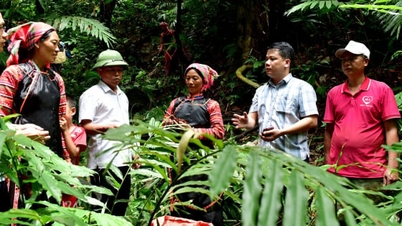
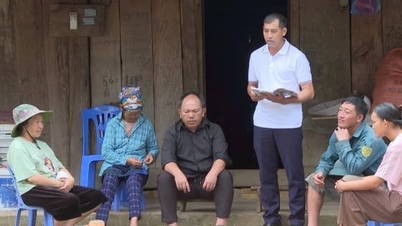
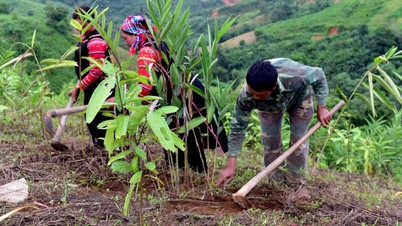


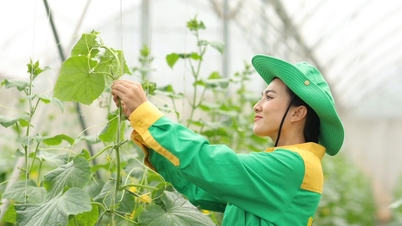



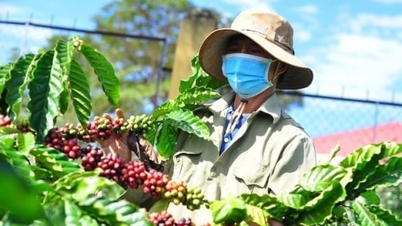
![35 years of building a high-quality herd: [Part 1] Crossbreeding journey](https://vphoto.vietnam.vn/thumb/402x226/vietnam/resource/IMAGE/2025/11/16/1763280452986_0239-3-160957_743.jpeg)


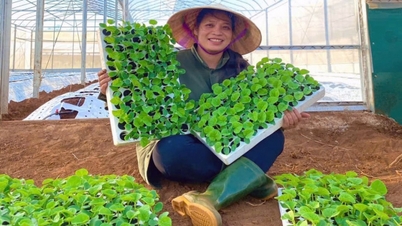




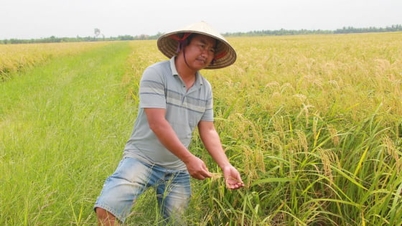
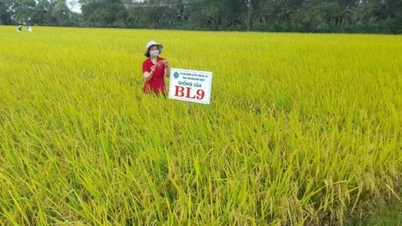

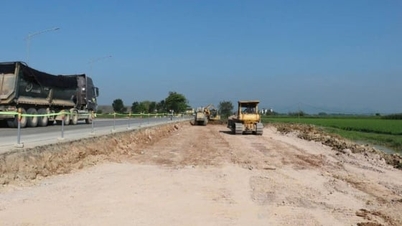
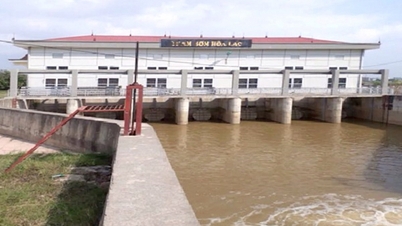
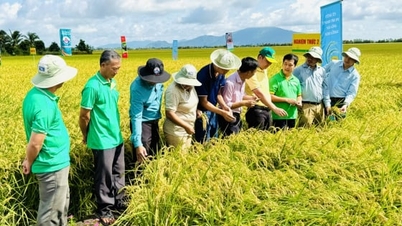


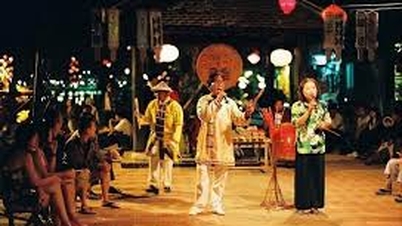










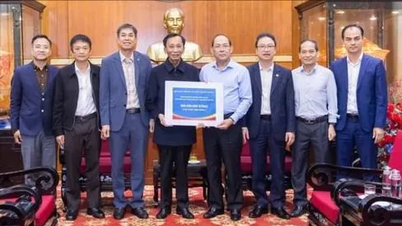




























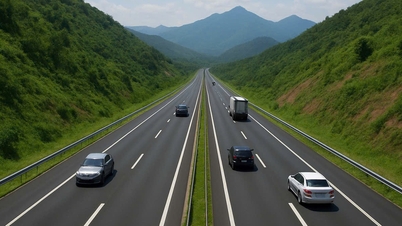






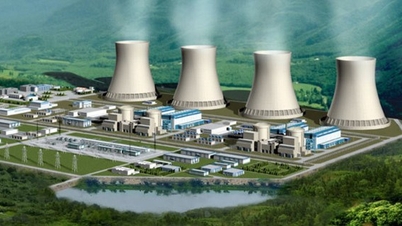


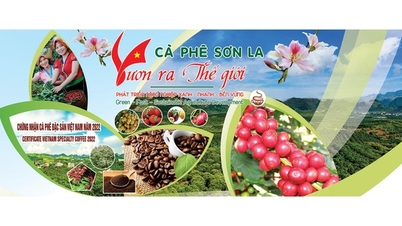



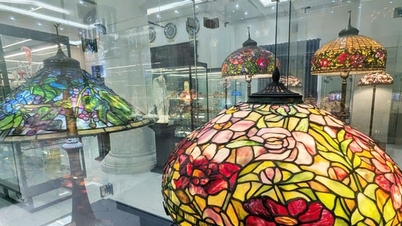
















Comment (0)